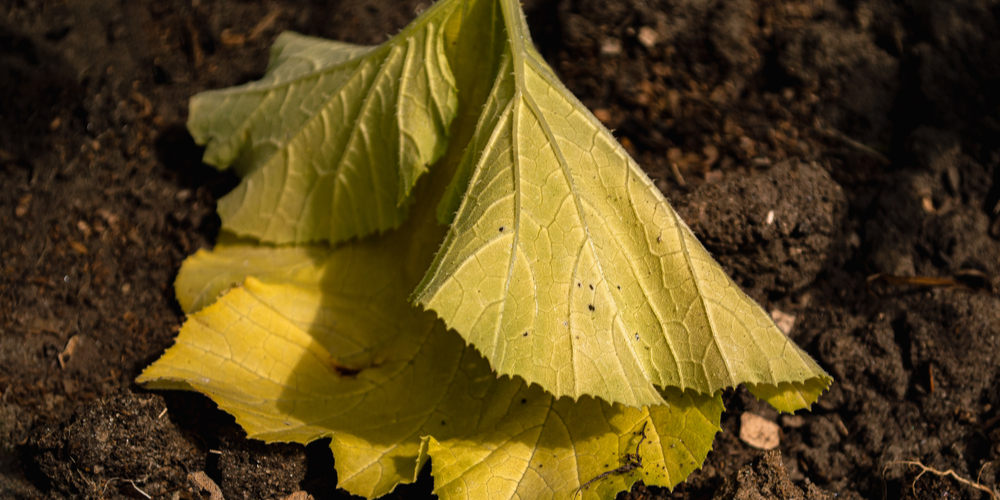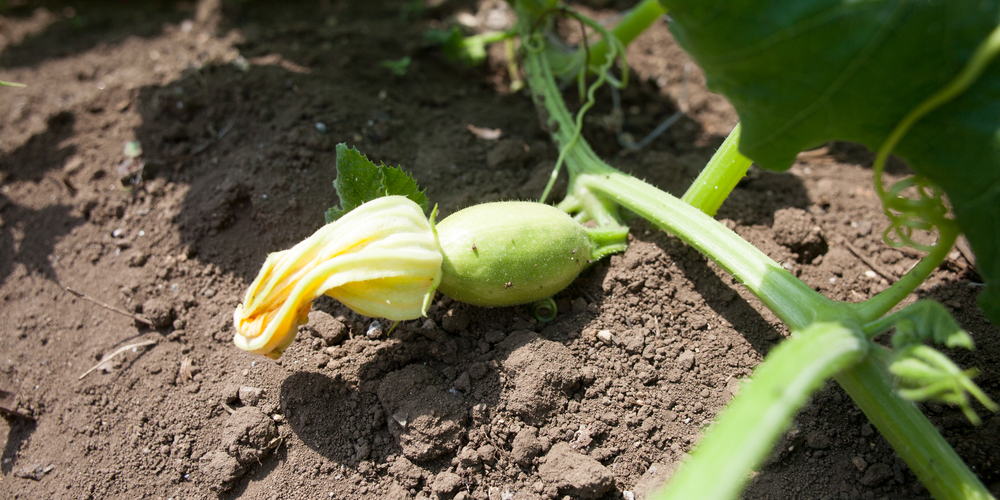Growing vegetables in your garden is an exciting activity. And the best part of the process is enjoying its fruits. All the time and effort (and money) you spend in your yard to grow veggies will be worth it once you get to eat the fruits of your sweat!
But the journey might not be as smooth as you dream. You might have to deal with attacks from pests and diseases. And that’s not always fun. However, it is part of the process.
And if you know how to take care of the issues, you shouldn’t worry too much about them.
If you are a beginner gardener (but even if you aren’t), you should consider adding squashes to your garden.
These colorful veggies are relatively easy to grow, and under optimal conditions, they will provide you with rich harvests. But what if you notice your squash leaves turning yellow?
Is there something you can do to revert your plants to their optimal state?
You are in the right place to find answers to these questions. Here, we included everything you must know about squash leaves turning yellow (and what you can do about them) and our tips to make the most of your squash plants.
Why are My Squash Leaves Turning Yellow?
Yellow squash leaves can be a symptom of various conditions. Many factors cause such a reaction. And learning to identify the root cause will help you take measures to keep your plants healthy.
So, keep attention to the information in this section!
Overwatering
One of the most common issues that might cause your squash leaves to turn yellow is giving your plants too much water. Even if squashes are heavy feeders, leaving them in soggy soil might lead to inadequate absorption of nutrients, which causes the plant to turn yellow.
Also, root rot might result in premature death. Ensure you water your squash only when the soil is dry to about two inches deep to prevent that. You can use your fingers to feel the ground. If it’s still moist, wait for a couple of days before adding extra moisture.
Nutrient Deficiency
Squash plants need plenty of nutrients! You might need to amend your soil to improve the nutrient content: consider adding manure or compost. If that’s not enough, apply a balanced slow-release fertilizer during the growing season.
If you have doubts about providing your plants with what they need (and you are noticing their leaves turning yellow), consider carrying out a soil test. You can purchase one online or at your favorite gardening store.
The most common deficiency that might cause yellowing in your plants is nitrogen. If your plants don’t get enough of this element, their foliage might turn yellow, and they will stop growing. }
If you purchase a fertilizer, don’t forget to follow the instructions you find on the product’s label. Too much nitrogen can burn your plants (or halt fruit production).
Inadequate Sunlight
Squashes love the sun. To get the best results, you must plant them somewhere they’ll receive at least six hours of sunlight. If they don’t, their foliage might turn yellow.
If you have trees around your plants, consider pruning them to allow the sun to hit your veggies. Otherwise, think about relocating your squash plants to a sunnier spot.
Attacks From Pests
Pests are a common issue when growing plants, especially veggies. If you suspect the root cause of your problems isn’t overwatering, lack of nutrients, or inadequate sunlight, you might be dealing with bugs attacking your plants.
Some insects that love feeding on squash plants (which can turn their leaves yellow) include aphids, spider mites, whiteflies, and leafhoppers. Ensure you take action as soon as possible to avoid an infestation.
If the attack is severe, consider getting adequate pesticides. You can also try organic methods, but keep in mind that they might have lower effectiveness if the infestation is severe.
Diseases
Squash plants can also catch diseases, which might cause some trouble, especially if you live in a hot region. Some of the most common include mosaic viruses, mildew, and fusarium wilt.
Bugs can spread diseases. But your plants can also catch them due to overwatering, which might attract fungal infections. Alternatively, you might also deal with problems if you don’t follow crop rotation. Indeed, some diseases might be on the soil from a previous plant that grew there.
Squash Leaves Turning Yellow: The Bottom Line
As you can see, several factors might cause your squash leaves to turn yellow. But if you follow our tips, you shouldn’t have problems keeping your plants healthy.
Related Article: Winter Squash Companion Plants

